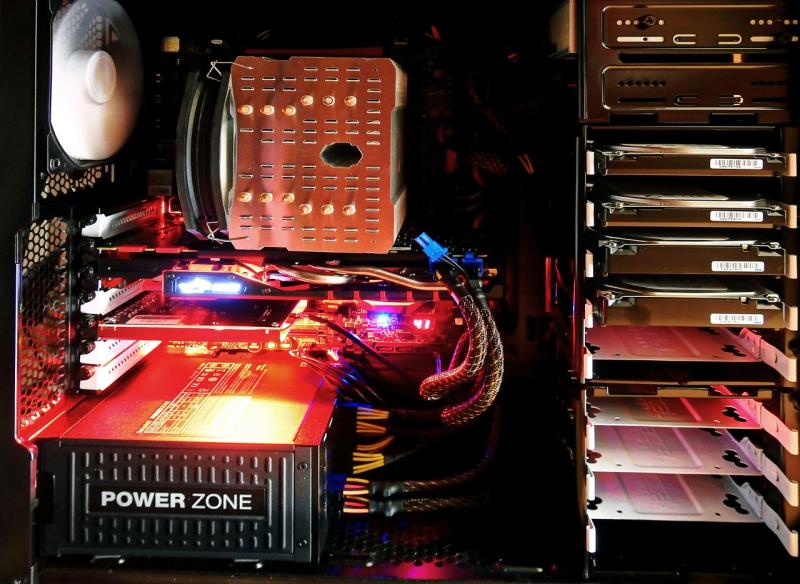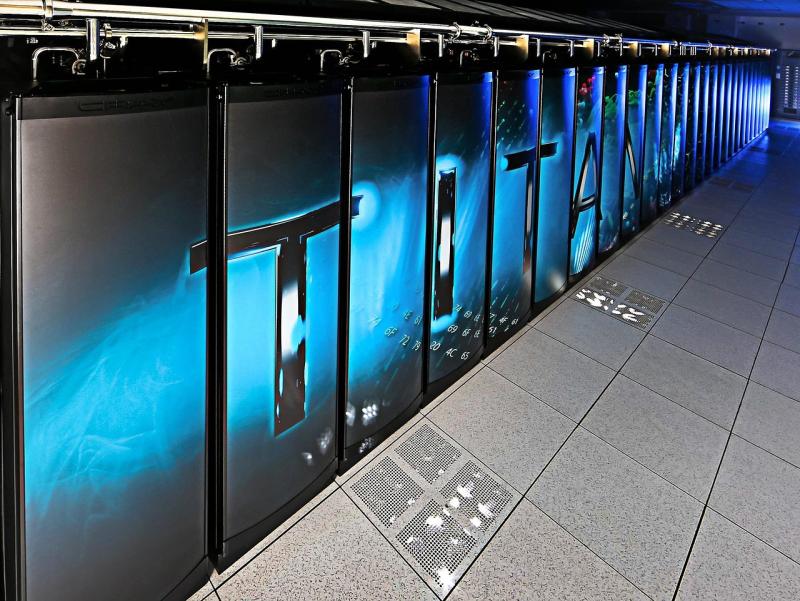In the era of digital fabrication and rapid prototyping, makers and designers are increasingly relying on 3D printing and CNC machining to bring creative ideas to life. A custom PC built specifically for 3D printing and digital fabrication becomes the heart of a modern maker’s workspace—combining high-performance processing, robust graphics, rapid data access, and versatile connectivity to streamline every stage of design, slicing, simulation, and control.
#### Unleashing High-Performance Processing for Precision Design
At the core of a dedicated maker’s workstation lies a powerful multi-core CPU. Designing intricate models in CAD and running simulation software require substantial computational muscle.
- **Multi-Core Architecture:** Processors from the Intel Core i7/i9 series or AMD Ryzen 7/9/Threadripper families, offering 8 or more cores and high clock speeds, ensure rapid file processing and swift rendering of complex models.
- **Virtualization and Multitasking:** With robust virtualization support (Intel VT-x or AMD-V), you can run multiple tools simultaneously—whether it’s a CAD application, a slicing software, or a virtual machine for testing firmware—without performance hiccups.
#### Advanced Graphics and Visualization Capabilities
While 3D printing primarily focuses on design, accurate visual representation of models is essential throughout the creative process.
- **Dedicated Graphics Acceleration:** A professional-grade GPU, such as NVIDIA’s GeForce RTX or AMD’s Radeon RX series, accelerates real-time rendering and supports advanced visualization. This is critical not only for previewing models with high polygon counts but also for utilizing GPU-accelerated rendering in simulation software, ensuring that design details are captured accurately.
- **Color Accuracy and Image Fidelity:** High-quality displays that support wide color gamuts (sRGB, Adobe RGB) and boast high resolution provide the clarity needed to refine designs and evaluate tolerances before fabrication.
#### Ample Memory and Rapid Storage for Large Design Files
The creative process in digital fabrication often involves handling large texture maps, detailed 3D models, and extensive project libraries.
- **High-Capacity RAM:** Equipping your system with 32GB to 64GB—or even more—of high-speed DDR4 or DDR5 memory ensures that software applications run smoothly even when managing multiple complex projects concurrently.
- **Ultra-Fast NVMe SSDs:** Using NVMe SSDs as primary storage drastically reduces boot times and application load times. These drives allow designers to rapidly access and iterate on their models, while secondary high-capacity drives or RAID-configured arrays provide secure archival storage for completed projects and extensive libraries.
#### Connectivity and Peripheral Integration
A custom PC for 3D printing and digital fabrication must integrate seamlessly with a variety of external devices and control systems.
- **Versatile I/O Options:** A motherboard with multiple USB 3.2 ports, Thunderbolt connectors, and high-speed Ethernet interfaces ensures that your workstation can connect to 3D printers, CNC controllers, digital drawing tablets, and external storage devices.
- **Multi-Monitor Setup:** An extended desktop across two or more high-resolution monitors enhances workflow; one display can be dedicated to the CAD application while another shows the slicing interface or real-time printer status.
- **Peripheral Support:** Integration with tools like digitizing tablets and interactive control panels allows for intuitive adjustments during model refinement and printer calibration.
#### Software Ecosystem and Workflow Optimization
The power of a custom PC for makers extends beyond raw hardware—it includes an optimized software environment that seamlessly ties together design, simulation, and machine control.
- **CAD/CAM and Slicing Software:** Installing industry-standard applications such as Autodesk Fusion 360, SolidWorks, or Blender, along with dedicated slicing software like Cura or PrusaSlicer, ensures that your workflow is supported from initial design to final fabrication.
- **Automation and Virtualization:** Containerization solutions and virtualized environments allow you to run various fabrication tools in parallel, streamlining processes such as automated calibration and machine monitoring.
- **System Maintenance and Performance Tools:** Regular updates to operating systems, drivers, and software are crucial. Real-time performance monitors and diagnostic tools help identify any processing or thermal bottlenecks, ensuring that the workstation remains efficient even during prolonged sessions.
#### Cooling, Stability, and Workspace Ergonomics
Given that digital fabrication often requires long hours of design and testing, maintaining a quiet and stable working environment is paramount.
- **Advanced Thermal Management:** Choose a cooling solution that balances performance with quiet operation. High-quality air cooling systems or custom liquid cooling loops with low-noise fans keep the CPU and GPU temperatures optimal, even during extended rendering or simulation tasks.
- **Stable Power Delivery:** An 80 PLUS Gold or Platinum certified power supply with modular cables ensures stable voltage while minimizing cable clutter. For makers focused on continuous operation, an uninterruptible power supply (UPS) guarantees that unforeseen power disruptions do not compromise your creative process.
- **Ergonomic Design:** A clean, well-organized workspace with adjustable monitor stands, ergonomic keyboards, and precision mice not only reduces physical strain but also fosters an environment of creative concentration. Good cable management and a minimalist chassis design further contribute to a distraction-free studio.
#### Future-Proofing and Scalability for the Maker
As the realm of digital fabrication evolves, your custom PC must be built with future expansions in mind.
- **Modular Upgradability:** Select a motherboard with extra DIMM slots, multiple PCIe interfaces, and additional storage bays. This forward-thinking design facilitates straightforward upgrades—be it more memory for handling larger models or the addition of extra USB ports for forthcoming peripherals.
- **Adaptability to New Technologies:** With trends like AI-driven design optimizations and cloud-based collaborative platforms emerging, having a system that can easily integrate new technologies and software tools ensures your workstation remains at the bleeding edge of maker innovation.
#### Conclusion: Empowering Makers and Innovators
A custom PC for 3D printing and digital fabrication is a transformative tool that empowers designers, engineers, and hobbyists alike. By carefully selecting high-performance processors, advanced graphics, ample memory, and rapid storage while integrating versatile connectivity and maintaining an ergonomic, future-proof design, you create a dedicated maker’s workstation that streamlines every phase of the creative process. Whether you’re iterating on prototypes, refining digital models for fabrication, or managing a suite of creative tools, this custom system stands as the ultimate hub for innovation and precision, propelling your ideas from concept to reality.
---
### SEO Keywords:
custom PC for 3D printing, digital fabrication workstation, maker’s PC build, custom CAD/CAM computer, high-performance maker PC, NVMe SSD fabrication PC, multi-monitor design workstation, modular 3D printing PC, ergonomic maker workstation, high-capacity RAM for fabrication, advanced cooling maker PC, future-proof digital fabrication PC
View our related products
See more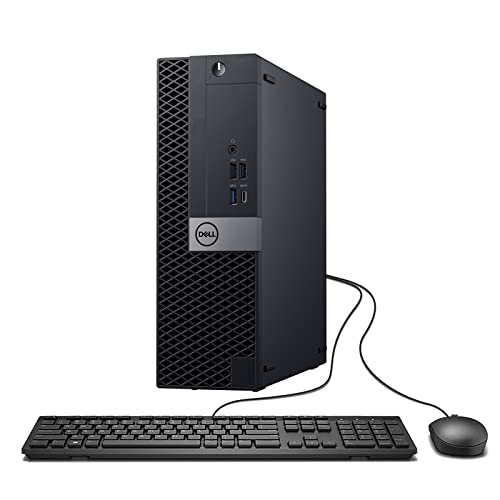
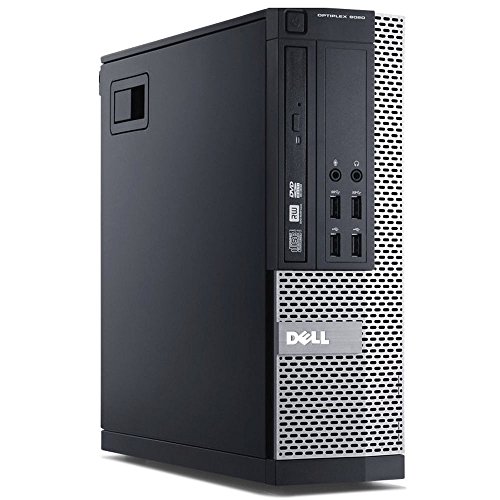
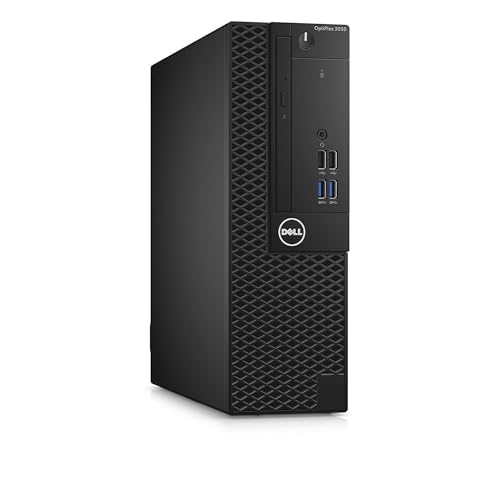
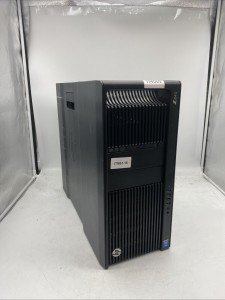
Custom PC for 3D Printing and Digital Fabrication: The Ultimate Maker's Workstation
Related Articles
Essential High-Performance PC Components You Need Now
Upgrade your setup with the must-have parts for unbeatable gaming and productivity
Top Picks for Best High-Performance PCs
Find the perfect power machine for gaming, work, or creative projects
Your Guide to the Best High-Performance PCs
Find the Right PC for Your Gaming and Creative Needs
View our related products
See more



